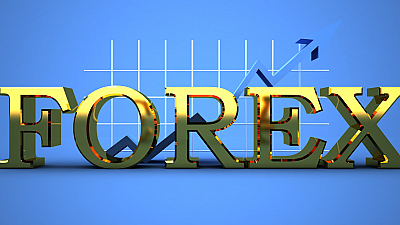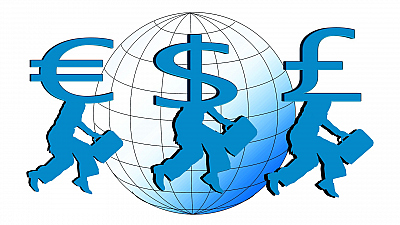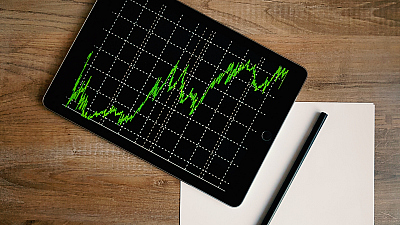Knowing the market participants is essential. Every one of them is on the market for a reason – some are there for speculative purpose, others for non-speculative (commercial) one.
The non-speculative participants use the forex market to exchange currencies, e.g. for the needs of import/export trades. They make up about 20% of the transactions in the market.
The speculative participants trade for the sole purpose of making profits. Size also matters, and in that sense market participants can be classified into five groups.
CENTRAL BANKS AND GOVERNMENTS
They are the largest market players. Central banks are responsible for the monetary policy and they manage it through money supply, interest rate, quantitative easing/tightening, in accordance with their Government’s ideology. Central banks do so by interventions in the forex market, sometimes with huge amounts.
For example, during periods of deflation, a central bank may decrease the value of its own currency by creating additional supply, which is then used for purchasing foreign currency. This effectively weakens the domestic currency, thus making exports more competitive in the global market.
The big purpose is to keep the native currency and the economy stable. Although there are central banks that have some liberty in their day-to-day activities, as a rule, they do not trade in the market to make profit, so they are non-speculative participants.
COMMERCIAL BANKS AND OTHER FINANCIAL INSTITUTIONS
Commercial banks are another big player in the FX market. A large percentage of the total currency trading is carried out by the commercial banks. They trade between each other through electronic networks in what is called the Interbank market. This is the top tier of the FX market available only to large banks. Transaction volumes are huge and can dictate the exchange rates.
Banks can act as dealers, facilitating currency transactions for their clients. In this case they profit from the bid-ask spread that they offer. But banks can also act as traders. They have proprietary dealing desks that trade for profit (they speculate). Some banks (e.g. investment banks) offer advisory and research services, by releasing research notes and articles with valuable information.
INVESTMENT AND HEDGE FUNDS
Pooled funds, portfolio managers and hedge funds are the other big team on the market. Investment funds typically manage large accounts on behalf of customers like pension funds and endowments, so they control massive amounts of money. They usually have international equity portfolios and need to buy and sell foreign currencies on the spot market in order to pay for those foreign equities. Profiting from these transactions is not the funds main goal.
Of course, funds do take speculative positions in the market, especially hedge funds. They do so for the purpose of profit making or as part of their investment strategy.
COMPANIES AND CORPORATIONS
The companies and corporations that import or export goods and services are the other FX market participant that does not normally trade for profit (after Central banks). They make exchange transactions because they wire and receive payments in foreign currencies. The negative effects of a delayed delivery or unpaid wages, from their perspective, can be much larger than a few pips difference in the exchange rate.
Large corporations involve in forex trading also to hedge the risk associated with foreign currency transactions. If they are too exposed to a certain currency exchange rate, or as part of their financial policy, they could enter into a currency forward contract to lock in the exchange rates over a longer period of time. This adds security and predictability to the foreign currency cash flows.
INDIVIDUAL TRADERS
Individual traders are the smallest group on the FX market, in terms of market volume share. However, it is growing rapidly in recent years. With the development of technology and the margin trading, and thanks to the increased competition among brokers, the forex market is now open to all, and everyone can enjoy trading conditions that were unthinkable just a dozen years back.
Individual traders are in the market for the sole purpose of speculating on the price of currencies. Proper training is a must in this competitive environment. The advance of computer technologies regarding FX trading gives an edge that every trader should use. Machine learning and artificial intelligence algorithms give a much-needed advantage to individual traders against the big players.
After all, it’s not always the biggest guy that takes the prize, it’s the smartest.




